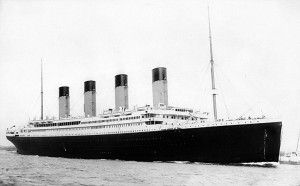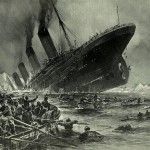Apr 30, 2012
Einstein’s Miracle
Posted by Otto E. Rössler in categories: existential risks, particle physics
Einstein realized in the last decade of his life that only a world government can overcome war and hatred on the planet. And he believed he had acquired the right to demand this acutely – in view of the nuclear winter being a real threat in the wake of his own contributions to physics.
His main discovery, however, is the “twin clocks paradox,” overlooked by even his greatest competitor. It describes, not just a physical discovery but much more. The travelled twin got transported along the time axis at a different (reduced) rate. So he will be standing younger-in-age beside his twin brother upon return. This is an ontological change which no one else would have dared consider possible: Interfering with the inexorable fist that pushes us all forward along the time axis!
This is Einstein’s deepest discovery. He topped it only once: when he discovered, two years later in 1907, that clocks “downstairs” are rate-reduced, too. The “second twins paradox” in effect.
The word “paradox” is a misnomer: “Miracle” is the correct word. Imagine staying the hands of time! So everybody sees that what you worked is a miracle (a Western Shaman presenting a tangible feat – a Grimms’ brothers’ fairy tale brought to life – a Jewish miracle revived: “the Lord can be seen”).










